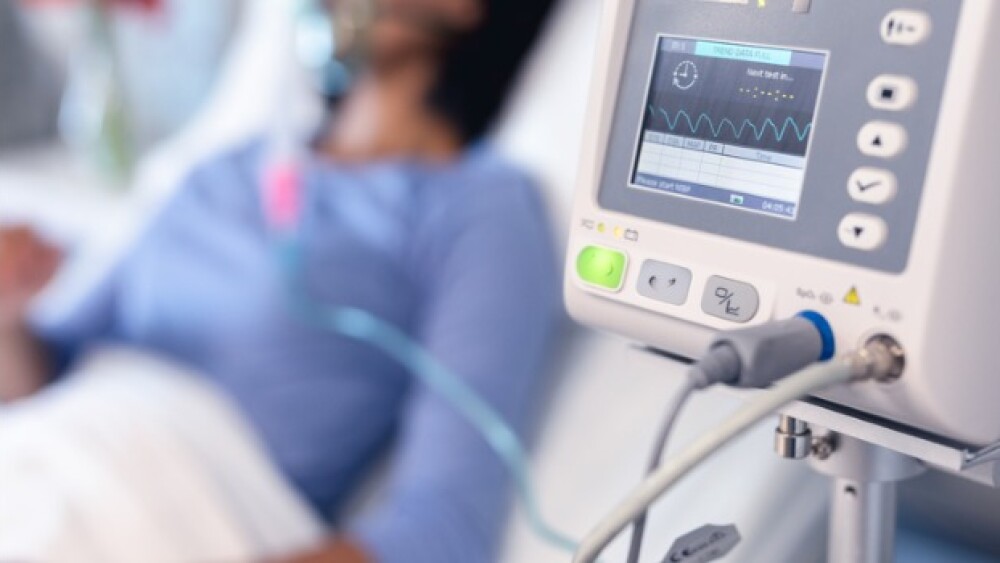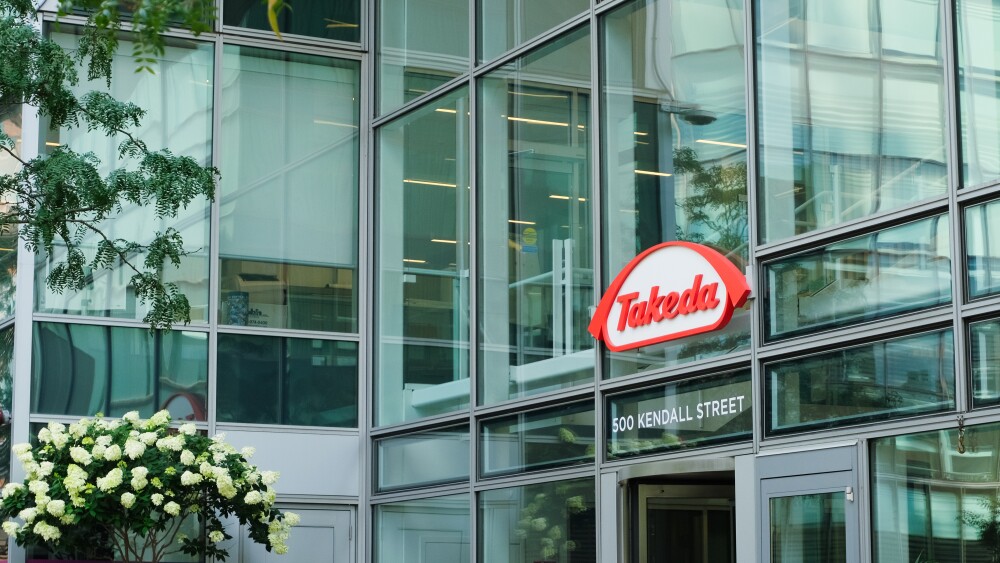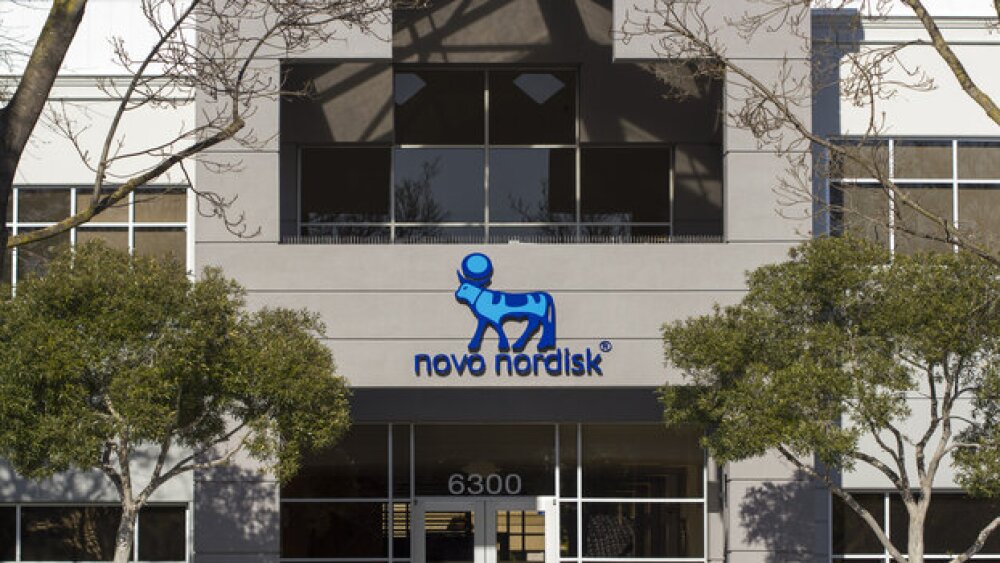A unanimous FDA committee vote supported the favorable risk-benefit profile of Innoviva’s sulbactam-durlobactam for hospital-acquired A. baumannii infections.
Pictured: Pneumonia patient on a ventilator/Courtesy of iStock, Waveland Media
Monday, the FDA’s Antimicrobial Drugs Advisory Committee (AMDAC) backed Innoviva‘s New Drug Application for sulbactam-durlobactam for adult patients with hospital-acquired and ventilator-associated bacterial pneumonia.
In a unanimous vote, 12 external experts agreed that Innoviva’s investigational antibiotic had a favorable risk-benefit profile for respiratory infections caused by the Acinetobacter baumannii-calcoaceticus complex. The FDA’s final verdict on sulbactam-durlobactam’s NDA is due May 29.
Innoviva was trading 6% higher after the AMDAC vote.
Discovered by Entasis Therapeutics, sulbactam-durlobactam is an investigational intravenous drug that combines the therapeutic action of a beta-lactam molecule with a beta-lactamase inhibitor, which suppresses enzymes that would otherwise deactivate the antibiotic. Innoviva acquired Entasis in May 2022 for $113 million.
In briefing documents released before the committee meeting, Entasis laid out its case for sulbactam-durlobactam, citing the lack of a precise standard antibiotic regimen in patients with carbapenem-resistant A. baumannii infections. Because of its mechanism of action, sulbactam-durlobactam demonstrates antibiotic activity in A. baumannii strains that have grown resistant.
Data from a pivotal Phase III study showed a 19% 28-day mortality rate in patients treated with sulbactam-durlobactam. Comparators who received colistin—another antibiotic—saw a 32.3% death rate. The resulting treatment difference was 13.2% in favor of Innoviva’s candidate.
Sulbactam-durlobactam also led to significant and clinically meaningful improvements in secondary efficacy metrics, including clinical cure rate and microbiological response.
As for safety, sulbactam-durlobactam caused less kidney toxicity than colistin and induced fewer adverse events, particularly those leading to study dropout or death.
“The efficacy and safety of sulbactam-durlobactam have been characterized in clinical trials. The risks identified are clinically well known and easily diagnosed and treated in routine clinical care,” Entasis wrote in its briefing document.
FDA Flags Small Sample Size for Safety
On their own, the AMDAC cited an issue with the limited size of Entasis’ safety database.
Overall, 158 patients received sulbactam-durlobactam at its proposed dose and duration. This population includes patients from the pivotal Phase III study and a prior Phase II trial in urinary tract infection.
In Phase I development, 123 healthy adults were also given doses of durlobactam to assess the safety of the beta-lactamase inhibitor.
The AMDAC also flagged adverse events of particular interest, including drug-related liver disorders, acute kidney failure, infective pneumonia, convulsions and hypersensitivity.
In particular, hypersensitivity reactions were more common in patients treated with sulbactam-durlobactam, though most episodes were mild to moderate and resolved after discontinuing treatment. One patient developed non-serious and moderate anaphylactic shock, whole-body rash, transient hypotension and oliguria and required methylprednisone intervention.
Tristan Manalac is an independent science writer based in metro Manila, Philippines. He can be reached at tristan@tristanmanalac.com or tristan.manalac@biospace.com






